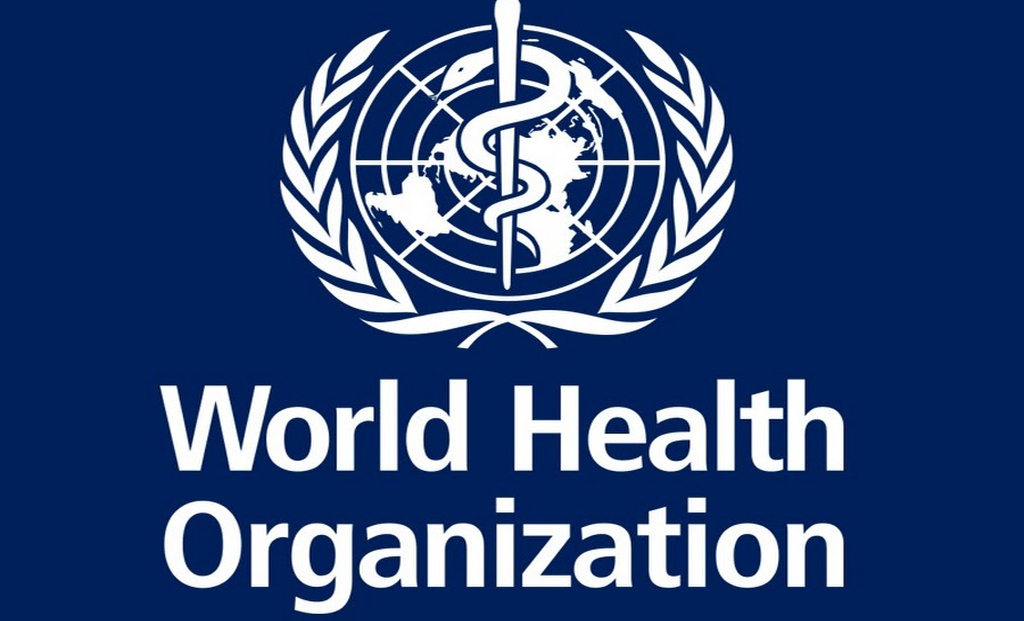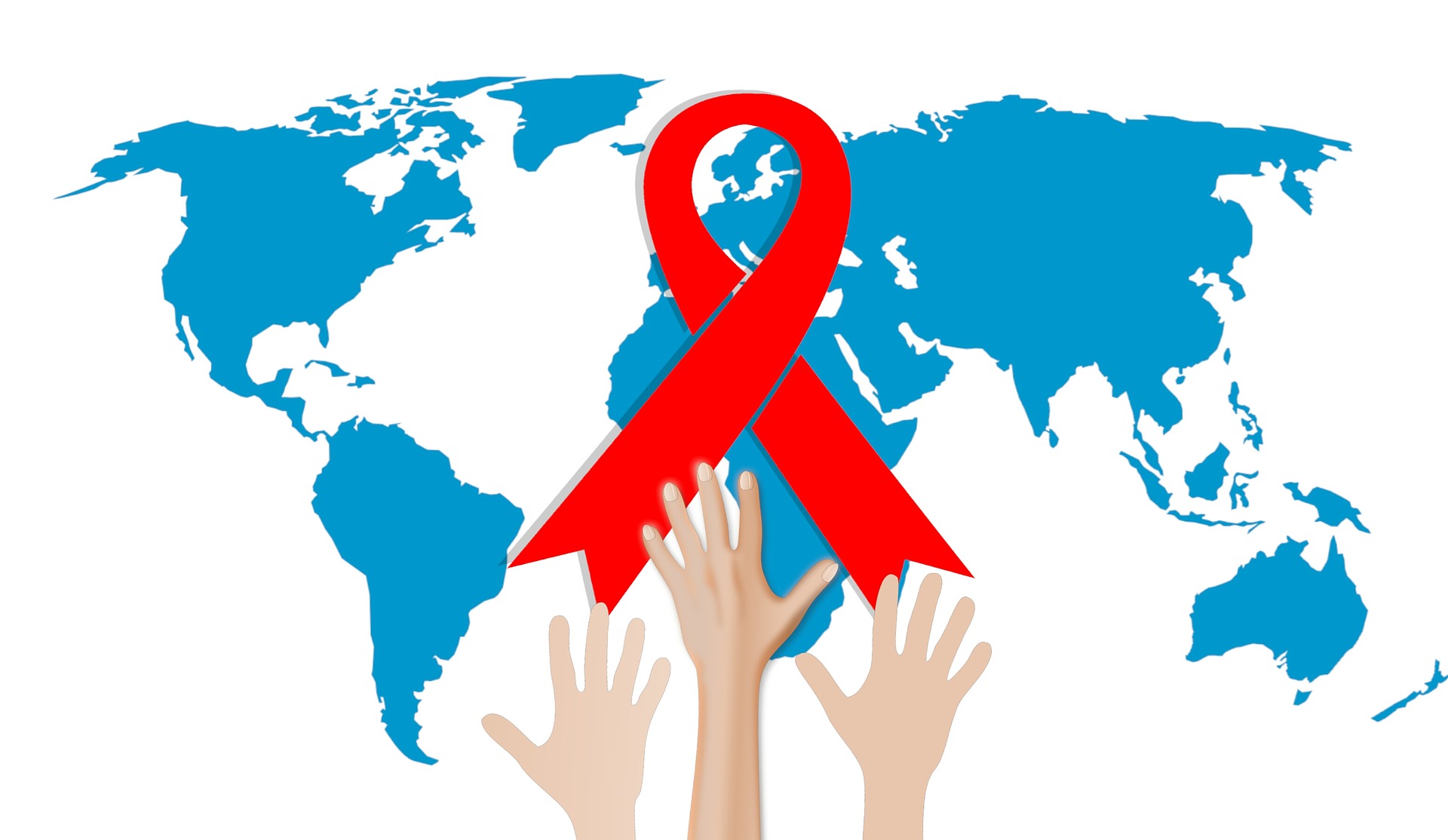Burnout among health care professionals is a persistent public health concern as the health care professionals are required to work for even longer hours in high-stress situations.
Health care professionals with a better personal ability to respond to change experienced lower rates of burnout when their work environments offered them strong communication, teamwork, and leadership support, a new research found.
This study is one of those first studies to look at both individual responses to change and organisational capacity for change and how these factors affect suffer exhaustion among the health care professionals.
The quality of life can be improved for the health care workforce as well as the quality of care for patients too can be improved and this can be done by understanding the causes of burnout and its factors that can protect it.
The study has been published in the Journal of General Internal Medicine. Dr. Debora Goldberg who led the study, is an expert in primary care practice transformation, patient experience, and care for the underserved, with her current and upcoming research, focused on workplace health and wellbeing.
“We know that health care work environments and job demands have a profound effect on the health and well-being of those delivering care, and they may even influence the quality of health care received by patients,” explains Goldberg.
Goldberg further added, “Especially as our health care professionals and systems are being pushed to the limit in response to the COVID-19 pandemic, it is imperative that we are more aware of the influences of the work environment and job demands on health care professionals’ health and well-being.”
Around 1,279 individuals in 154 primary care practices in Virginia were surveyed by Goldberg and colleagues.
Almost the participants were a part of the Agency for Healthcare Research and Quality Heart of Virginia Healthcare (HVH) collaborative. They supported these practices with transformation and implementation of evidence-based cardiovascular care as they made major changes in operations and employee roles.
Whether the health care professionals were experiencing exhaustion at work place was the single question with which the burnout was to be measured, however, a measure previously was authorized and used in workplace studies.
Individual change readiness was measured with the Change Diagnostic Index(CDI), which was developed by Dr Victoria Grady in Mason’s School of Business.
Typically, in organizations the CDI is used that are planning for large change schemes, and this is the first time it has been applied in primary care. The CDI measures individual attitudes toward organizational change in the areas of anxiety, frustration, delayed development, rejection of the environment, refusal to participate, withdrawal, and overall attitude.
Organizational issues with morale, productivity, motivation, conflict, absenteeism, turnover, and overall organisational issues are the indicators of larger individual attitudes.
However, the capacity of practices to change was measured by the practice adaptive reserve (PAR) instrument, which asks about an organization’s communication, teamwork, relationship trust, leadership, work environment, adoption of innovations, and learning systems.
The researchers found that providers were more likely to report burnout (25.5%) than other professionals (19.9% of clinical support staff, 17.5% of administrative staff) who were consistent with their earlier work.











